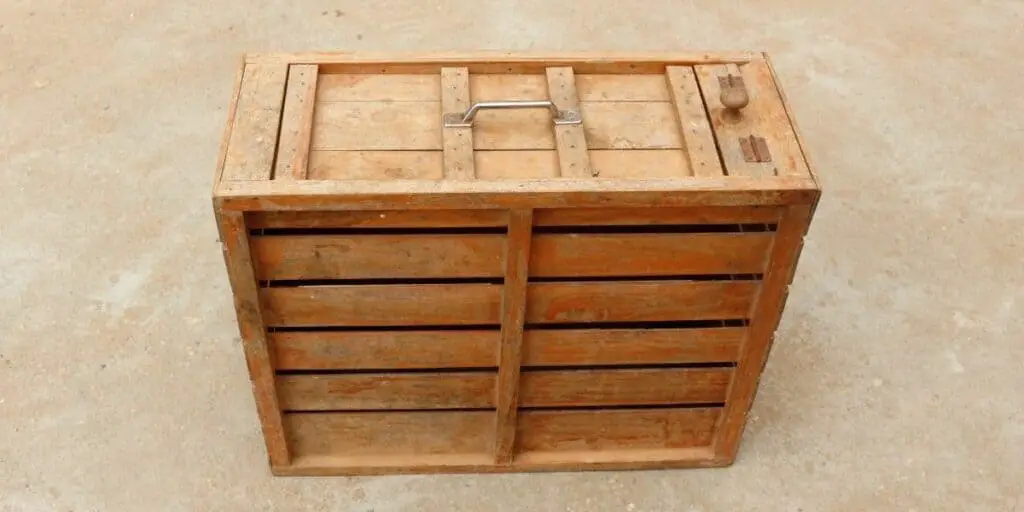Transporting your backyard chickens is not a task that owners look forward to, but with the right approach and some helpful strategies you can be road-tripping with your feathered friends in total comfort.
In this short article, we will run through how to transport backyard chickens safely with all the tips and tricks need to make a success of your journey!
Table of Contents
There are all sorts of reasons why you will need to transport backyard chickens.
As a chicken keeper, you will probably be familiar with routine and urgent reasons for transporting your poultry. These may include:
- Bringing new chickens home to the coop.
- Taking hens for routine inoculations or treatments at the vet.
- Taking a sick hen(s) to the vet.
- Traveling to markets or poultry shows.
- Transporting chickens for slaughter.
For each of these journeys, you need to be prepared to provide your hens with a consistent, comfortable, and safe environment so you can transition them from the coop to their new destination with the minimum of fuss.
How you move your chickens matters
Your hens should be at the center of any plans to transport them. Many countries have animal welfare legislation that outlines the duty of care you have to ensure that your animals are transported humanely. Your responsibilities when transporting chickens and other poultry usually include:
- Preventing hunger and thirst by providing access to fresh water and food.
- Minimizing discomfort by ensuring that your chickens are properly sheltered and able to rest.
- Keeping your hens from injury, or pain.
- As much as possible facilitating the chickens’ ability to express their normal behaviors.
- Avoiding conditions that will cause fear, distress, and mental suffering to your chicken
So you must have a method of moving your dear hens that will not cause injury or unnecessary suffering.
Key points for transporting backyard chickens safely.
Many poultry keepers have tried and trusted methods of transporting their chickens and will carefully plan their journey well-ahead of travel.
- The route taken needs to be planned carefully to keep the duration and any likelihood of delay or disruption to a minimum.
- Make sure that there are no avian flu or other biosecurity measures in place that restrict your ability to move your birds lawfully. If you are traveling interstate, your chickens may be subject to quarantine measures in the new location.
- Before your load your chickens you should check that they are fit to travel.
- Vehicle loading and unloading should not carry a risk of injury.
- You should also ensure that the vehicle has adequate ventilation and temperature control as chickens can easily become overheated. Monitor the temperature if your journey is prolonged. A flow of air over the poultry will help them feel more comfortable as they travel.
- Your hens will need access to fresh water at least every two hours and food every four hours.
- Anyone handling your chickens should be competent to do so.
What should backyard chickens be transported in?
Chickens travel best when they are enclosed in a cool dark box or crate. The sense of enclosure calms them and prevents them from sliding around within the crate as the vehicle moves.
The birds should be house individually if possible and the container strapped down within the vehicle to prevent it from moving around. You can use any one of the following containers for transporting chickens:
- A cardboard box can be just the thing for bringing your new hens home from a farm or breeder if the journey is short. You will need to make ventilation holes and ensure the top of the box is covered.
- Poultry crates are designed to transport poultry and provide a snug fit for individual hens.
- Cages should have holes that are not large enough for the hen to put its head or other parts through. You may need a breathable cloth cover to dim the interior.
- Pet carriers are also suitable and provide good ventilation. They are too big for one chicken but may be suitable for two or three to not slide around.
Your boxes should provide adequate floor space and height for each hen as well as the ability to provide water and feed as needed.

Relax! Both you and your feathered friends can enjoy the ride.
Getting from A to B with hens needn’t be drama.
Remember to make sure that there is a warm welcome waiting for your hens at the destination. A clean and cozy roost with fresh bedding, cool water and yummy treats will require some planning but will help your chickens get settled in no time at all.
Unsure if you are up to the task of safely transporting your feathered friend? Why not get help from a local farm hand or livestock transport company?
Give yourself time to implement these common-sense approaches to getting your hens acclimatized and comfortable with being on the move!





